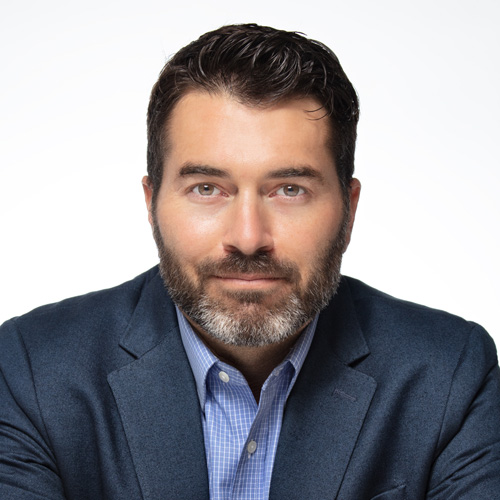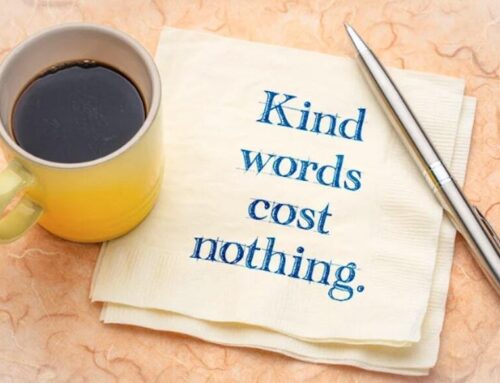
If you’ve ever thought, “I just can’t deal with one more disagreement,” you’re not alone. Conflict fatigue is real—and it’s increasingly common in workplaces where tensions run high or collaboration is constant. When teams face repeated, unresolved tensions, it can wear everyone down emotionally and mentally.
This blog explores what conflict fatigue is, how to recognize it, and what you and your organization can do about it.
What is Conflict Fatigue?
Conflict fatigue is the emotional exhaustion that builds when you’re constantly navigating tension, miscommunication, or interpersonal disagreements. It’s not just about a single conflict—it’s the cumulative wear-and-tear from many.
Signs You May Be Experiencing It:
- Avoiding meetings or difficult conversations
- Feeling emotionally numb or disengaged
- Resentment or irritability toward coworkers
- Physical symptoms like headaches, poor sleep, or fatigue
- Apathy or a sense of hopelessness about resolution
When to Pause vs. When to Engage
You don’t have to solve everything immediately. It’s important to recognize:
- Pause when emotions are high and clarity is low. Rest and reflect.
- Engage when communication can be productive, even if it’s uncomfortable.
Sometimes, the most powerful thing you can do is take a moment—or a day—to regroup before re-entering the conversation.
Coping Strategies for Individuals
- Self-care: Sleep, hydration, movement, and healthy boundaries are your allies.
- Emotional regulation: Use deep breathing or grounding techniques before and after conflict.
- Name it: Simply acknowledging that you’re burned out by conflict can reduce shame and create space for compassion.
- Seek support: Talk to a trusted peer, mentor, or coach. You don’t have to process it alone.
Organizational Prevention and Response
Conflict fatigue isn’t just an individual issue—it’s systemic. Organizations must:
- Normalize taking breaks or rotating teams after intense collaboration
- Offer external facilitation or mediation before issues reach burnout levels
- Create space for regular check-ins focused on team health and relational dynamics
- Develop transparent pathways for escalating unresolved conflicts safely
Rebuilding Resilience
You can come back from conflict fatigue stronger, but it takes intention. Schedule restorative time. Acknowledge and appreciate small wins in communication. Shift the narrative from “we’re always in conflict” to “we’re learning to work through hard things.”
Ready to Break the Cycle?
If you or your team are stuck in conflict loops that feel exhausting, it might be time to bring in a neutral third party.
We specialize in conflict resolution training and facilitation designed to prevent burnout and restore collaborative energy.
Connect with us here to explore how we can support you.

About the Author: Jeremy Pollack
Jeremy Pollack, Ph.D. is the founder of Defuse De-Escalation Training, a sister company of Pollack Peacebuilding Systems, the largest workplace conflict resolution training and consulting firm in North America. He actively participates in de-escalation training and consulting initiatives for a variety of industries, from Fortune 500 companies to well-known non-profits. Besides his Ph.D. in Psychology from Grand Canyon University, Jeremy holds a Master’s Degree in Negotiation, Conflict Resolution, and Peacebuilding (NCRP) from California State University, Dominguez Hills. He is also a member of several organizations focused on conflict resolution and peacebuilding, such as the Peaceful Leadership Institute, the Association for Conflict Resolution, and the Division 48 (Division of Peace Psychology) of the American Psychological Association. Jeremy also holds several certifications in the field of training and coaching: he is a Certified Organizational Development Coach (CODC™), a Certified Clinical Trauma Specialist-Individual (CCTS-I™), and an Associate Certified Coach (ACC) under the International Coaching Federation.



